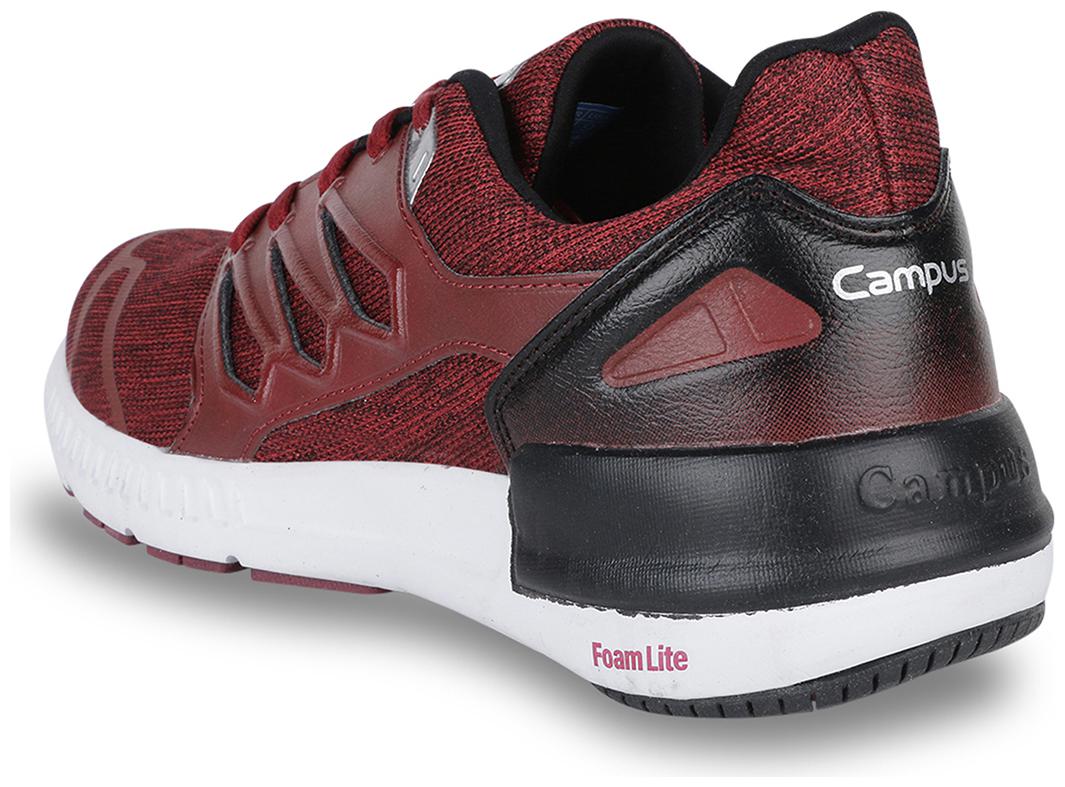

Some people use channels, I think, but I never quite got the hang of that. I use layers as the backbone of my coloring process. This will save you some computer processing time and 300dpi is good for color printing. NOTE: At this point go to Image>Image Size and change the resolution to 300 dpi.

If you’re doing an image that’s for web only you can select RGB.Īt this point you should have some lineart that’s all ready to color: Way to fail, science.)ĬMYK is for print, and even though I do a webcomic, I ultimately want to go to print with it. I don’t know why we don’t have the technology to go straight from Bitmap to CMYK. Then click Image>Mode again to select CMYK. (Note: You’ll have to select grayscale first to get it out of Bitmap mode. If you scanned at 600dpi B&W, go to Image>Mode and select CMYK. I usually set it around 163, but it varies either higher or lower depending on how fine your lines are. If you scanned it in grayscale, then go to Image>Adjustments>Threshold and play with the numbers until you get some nice black lines. Scan it in at 400dpi for grayscale, or 600dpi for Black and White (your scanner software may say “Lineart”.) It depends on how well your scanner handles the art. It’s a tool.įirst, get your linework in Photoshop. I just use it to do what I need to get done. 00001% of what PS can do, and I’ve been using it for a over a decade. You don’t have to be a Photoshop guru to get good results either. But this way gives you a good result and is a good starting point for understanding the basics.

There are probably a bunch of ways to color in Photoshop, and other comic books artists might have methods that differ from mine.
Jomic comic color how to#
HOW TO COLOR A COMIC IN PHOTOSHOP-SCANNING AND SETTING UP LAYERS


 0 kommentar(er)
0 kommentar(er)
